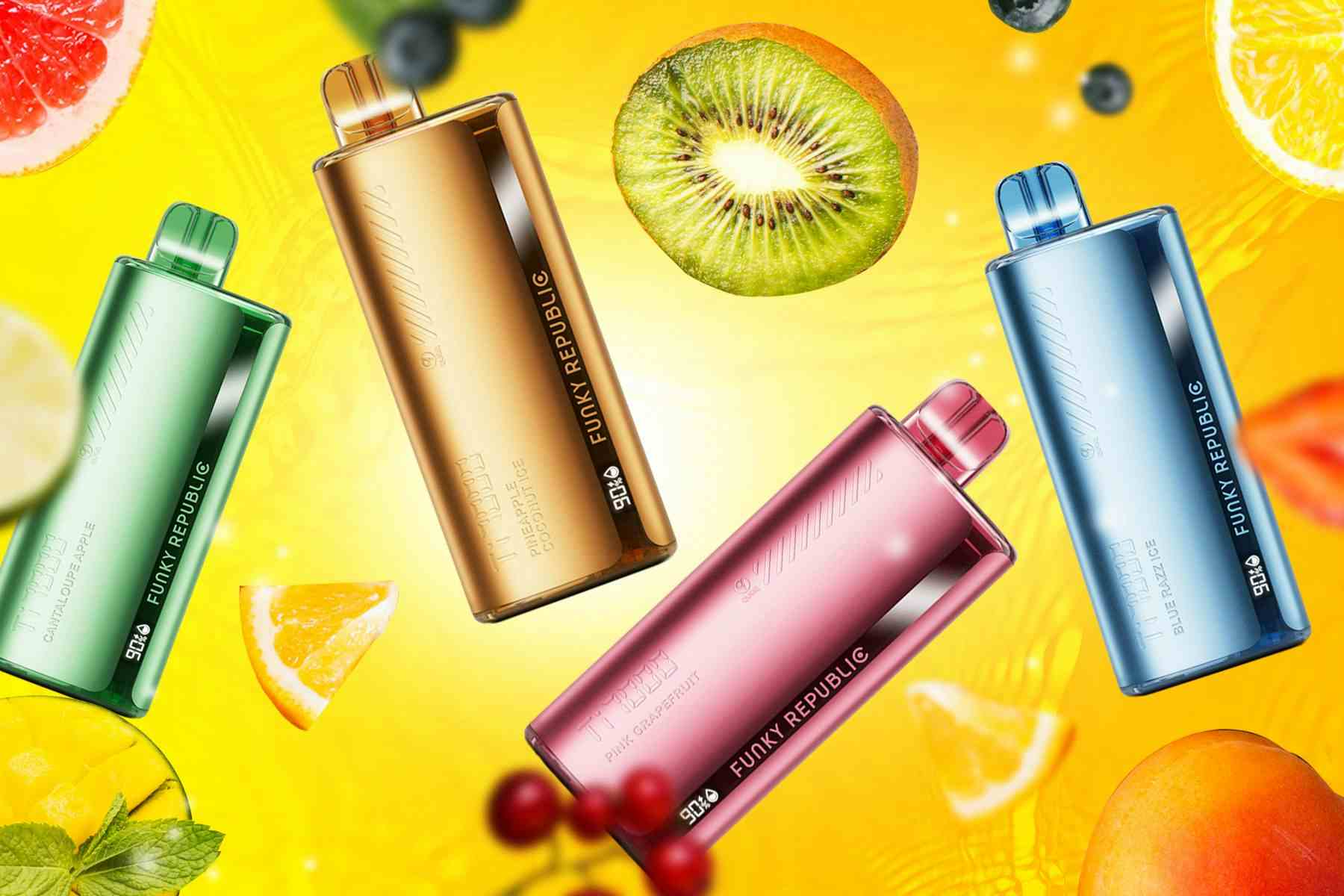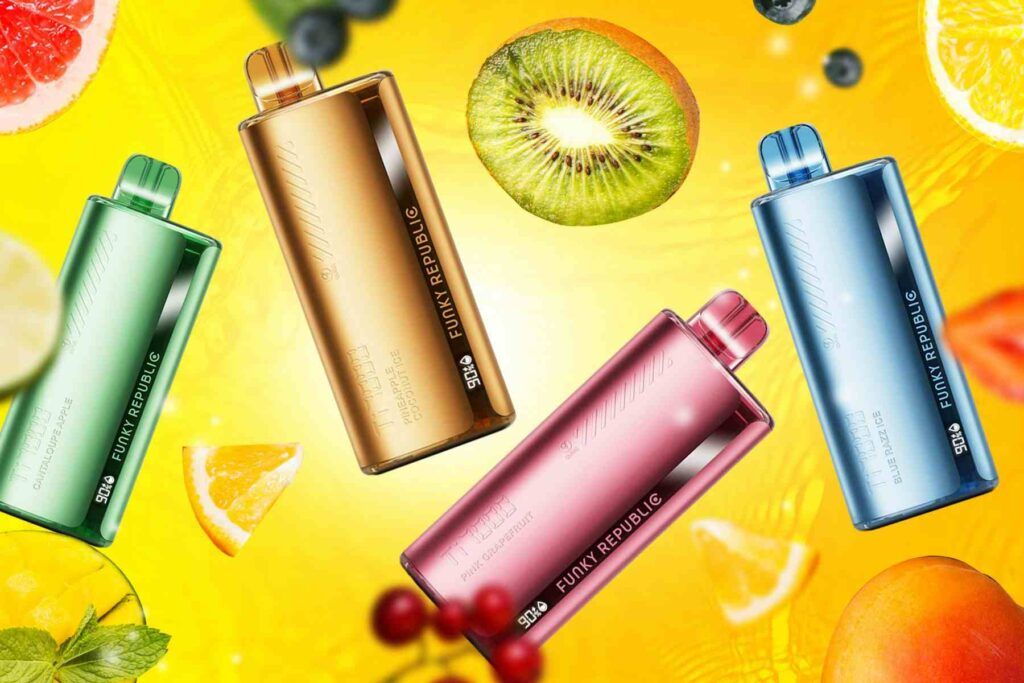1
The world of vaping is vibrant and diverse, characterized by an incredible array of flavors that appeal to beginners and seasoned vapers alike. From fruity blends to dessert-inspired concoctions, the options seem limitless. However, many users often find themselves surprised when the flavor of e-liquids doesn’t match their expectations based on the descriptions provided. This phenomenon prompts an important question: Why do vape flavors sometimes taste different than described?
2
One fundamental reason for the discrepancy in flavor perception is individual taste preference and sensitivity. Each person’s taste buds are unique, influenced by genetic factors, previous experiences, and even dietary habits. Some people may be more sensitive to certain flavor notes, allowing them to pick up nuances in taste that others might overlook. For instance, what might taste like a sweet strawberry to one person could come across as overly tart or synthetic to another. This variability can lead to significant differences in how a flavor is perceived, even if the ingredients are the same.
3
Another factor influencing flavor perception is the quality of the e-liquids themselves. Not all manufacturers use the same ingredients or follow the same production processes. Lower-quality e-liquids may contain artificial flavorings or cheaper base liquids that can alter the intended taste. For example, some brands might use lower-grade vegetable glycerin or propylene glycol, which can have their own subtle flavors that interfere with the final taste profile of the e-liquid. Consumers are often encouraged to choose reputable brands to ensure a consistent and authentic flavor experience.
4
The method of vaping can also play a profound role in how flavors are experienced. Variations in device settings, such as wattage, temperature, and coil type, can drastically affect flavor output. Higher wattage can intensify flavors, while lower settings might mute them, leading to unexpected taste experiences. Additionally, the type of coil used can also impart its own flavor, especially if the coil is made of different materials like Kanthal, stainless steel, or Ni200. Therefore, what you vape on can significantly impact how you perceive flavor.
5
Moreover, the freshness of e-liquids can influence their flavor as well. E-liquids have a shelf life, and their flavors can degrade over time, especially if not stored properly. Exposure to light, heat, and air can lead to oxidation, resulting in a loss of flavor potency or changes in taste. Vapers should be aware of the expiration date and storage conditions of their e-liquids to ensure they get the best possible flavor experience. A poorly stored bottle may taste like a completely different product compared to a fresh batch.
6
Furthermore, the device used in vaping can create different experiences, depending on the type of atomizer or tank being employed. RDAs (Rebuildable Dripping Atomizers) may provide more intense and clear flavors due to the intimate contact between the coil and the e-liquid, while sub-ohm tanks might offer a different, cloud-heavy experience that changes the way flavors are perceived. Each device setup can lead to varying nuances that might alter a user’s perception of a flavor.
7
Flavor mixing is another aspect to consider. Vapers often blend different e-liquids to create unique custom flavors. This practice can result in unexpected and often unintentional mixes that differ from the original flavors they may have intended to enjoy. This blending can alter the balance of sweetness, sourness, or any other flavor notes, leading to a completely new profile. While this can be a fun and creative process, it can also lead to results that deviate widely from the described flavors of the individual liquids.
8
At times, while the e-liquid’s ingredients may be accurately labeled, the interpretation of flavor can still vary greatly among users. For example, a flavor described as “vanilla custard” may evoke a rich and creamy taste for some, while others may find it lacking or overly sweet. This disconnect arises from subjective interpretations of what a flavor should encapsulate. Many users also carry their own preconceived notions of certain flavors, based on personal experiences, which can further guide their expectations.
9
Ultimately, the iota of variation in flavor between expectation and reality arises from a myriad of factors. Manufacturers strive for consistency in their flavor profiles, but elements such as individual physiology, product quality, vaping method, storage conditions, and ingredient interactions contribute to how each vaper perceives the taste of their e-liquids. Understanding these factors can help vapers navigate their flavor journeys with more insight and satisfaction.
10
What are the main reasons vape flavors can taste different than described?
Many factors contribute to this disparity, including individual taste sensitivity, the quality of the e-liquids, device settings during vaping, and even the storage conditions of the e-liquids. All these elements can affect how flavors are perceived.

11
How can individual preferences play a role in flavor perception?
Everyone’s taste buds are unique, influenced by genetics and personal experiences. Factors like previous experiences with a flavor or dietary habits can lead to varied interpretations of the same flavor by different people.
12
What should vapers consider when selecting e-liquids to ensure better flavor experiences?
Vapers should choose high-quality, reputable brands and be aware of their own device settings, as these can greatly affect how flavors are experienced. They should also monitor the storage conditions of their e-liquids to maintain optimal flavor integrity.





